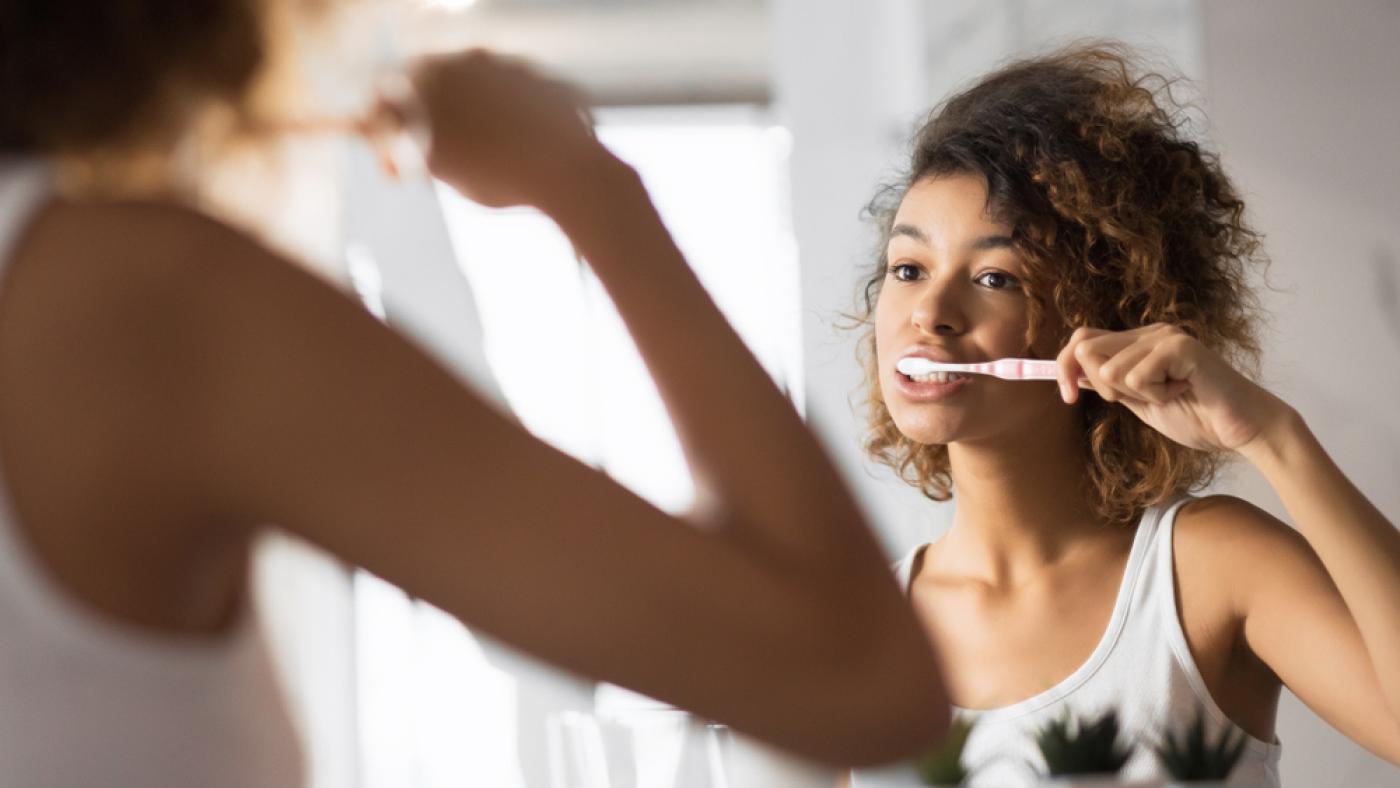Dr. Mohammed Ahmed is a dentist at the University Dental Centre (UTC) on the Brussels Health Campus in Jette. Two years ago, he began researching sustainability in dentistry, and this year, his efforts were recognised with an award at the prestigious international FDI dental congress.
"In dentistry, a huge amount of single-use plastic is used," says Dr. Ahmed. "Dentists see at least 15 patients a day, and even for a routine check-up, around 200 grams of plastic ends up in the bin per patient. That adds up to about 3 kilograms per day in gloves, masks, and dental materials. The usage increases significantly during treatments and procedures. According to statistics from the National Institute for Health and Disability Insurance (RIZIV), 3 million composite fillings were placed last year alone (comprising resin, binding agents, and inorganic fillers like quartz and glass), resulting in thousands of tonnes of plastic waste entering the waste cycle from dental practices."
The major issue with this waste is that it isn't recycled, as it is classified as medical waste, requiring separate incineration. "This process is highly energy-intensive. Special filters are used to capture harmful gases, which are costly, and cleaning these filters is far from environmentally friendly."
"Why Don’t Dentists Sort Waste in Their Practices?"
No PMD Bag in the Practice
Waste sorting isn't permitted in dental practices under current legislation—a missed opportunity, according to Dr. Ahmed. "Dentists need to be aware of the volume of waste they generate. It’s important to understand where that waste comes from. For example, during a check-up, a patient wears a bib with 10 grams of paper on the front and 10 grams of plastic on the back. The flexible tips of saliva ejectors, which weigh around 30 grams, contain a small metal part inside. When placing a filling, adhesive material is applied with a plastic micro-applicator—two are used per filling, weighing a total of 1 gram. It may not seem like much, but when you consider there are 6,700 dentists in Belgium, 310,000 in Europe, and 1.2 million worldwide, that tiny instrument alone contributes 1,500 tonnes of waste per year globally."
"All of this waste is incinerated because it’s considered contaminated. But is that really necessary?" he asks. "If I wash my hands and use a tissue, it’s not contaminated and could go in regular waste. The same goes for a mask used during a check-up that shows no trace of blood. When new materials arrive and are unwrapped in the clinic, that packaging also ends up as medical waste, although it could easily be sorted into PMD (plastic, metal, and drink cartons) waste. We urgently need policymakers like the Ministry of Health and RIZIV to provide proper guidance on this."

"We produce almost 1 million kilograms of waste in Belgium just from brushing our teeth. It’s shocking, isn’t it?"
Eco-Friendly Alternatives
"Dentistry is one of the most carbon-intensive sectors in the world. We need to shift towards a new generation of materials and tools with a lower environmental impact," says Dr. Ahmed. As part of his research, he has collaborated with industry partners to develop prototypes of micro-applicators made from CO2-neutral wood or bamboo, as well as models in PLA (polylactic acid), a biodegradable plastic with a smaller carbon footprint. "Incinerating PLA as medical waste requires 13 times less energy," he explains. These prototypes have been patented under the name DentPlanet, and they’ve also developed paper-based fluoride trays, which are currently made from foam rubber and used by dentists to protect children’s teeth for 15 minutes during treatment. Both the micro-applicators and fluoride trays have received CE certification, confirming their compliance with European safety, health, and environmental standards.
For those who think they’re doing better at home, Dr. Ahmed has a wake-up call. "A family with two young children uses around 1.5 kg of dental care products per year. That adds up to nearly 1 million kilograms of waste in Belgium just from brushing our teeth. It’s shocking, isn’t it? Last year, I proposed the first plantable toothbrush. After use, you can plant this wooden toothbrush, which has a small hole with seeds inside. It not only reduces ecological impact but also gives something back to nature, creating ecological benefits."
Just like organic products in supermarkets, eco-friendly dental products tend to be more expensive than their non-eco counterparts. "This is due to higher manufacturing costs. Concessionary dentists aren’t allowed to pass on these extra costs to their patients, so we have to rely on the goodwill and environmental awareness of the dentist to make these purchases," says Dr. Ahmed. "Our research has shown that awareness of eco-friendly dental materials is almost non-existent. This is the challenge I’m facing." Dr. Ahmed provides accreditation courses for dentists on reducing dental waste. On Thursday, 27th February 2025, he will present his findings at the VUB UTC Symposium on ‘Innovation’, delivering a talk on ‘Research into an Ecological Workflow in Dental Practices’.*
*"his is a machine translation. We apologize for any inaccuracies.